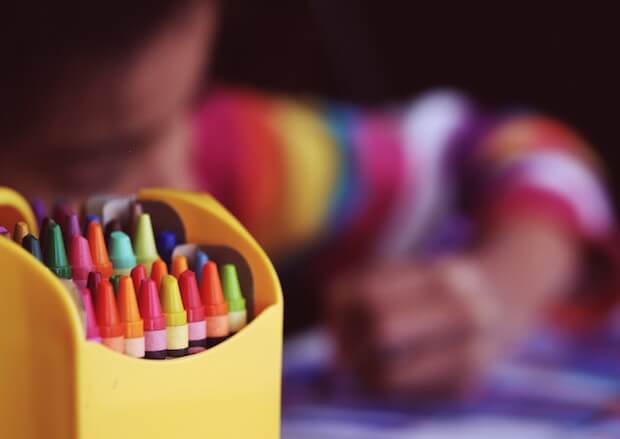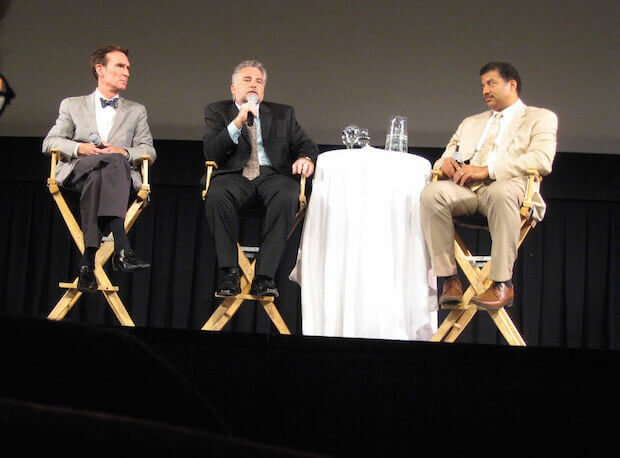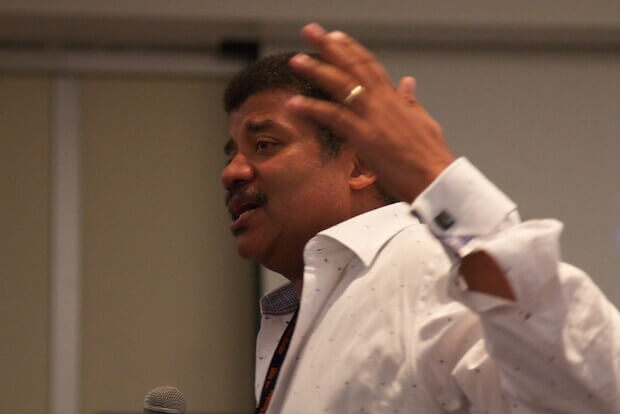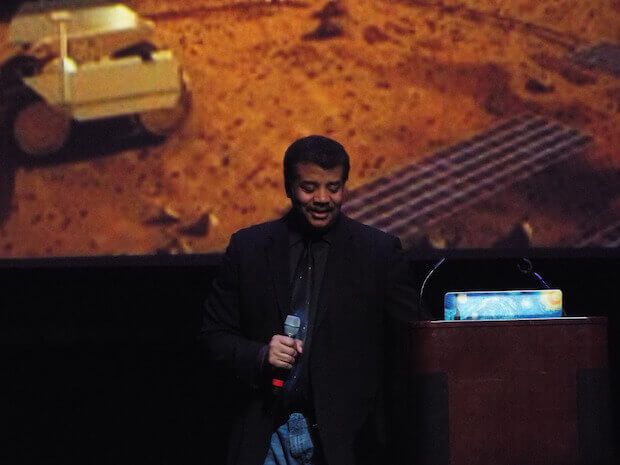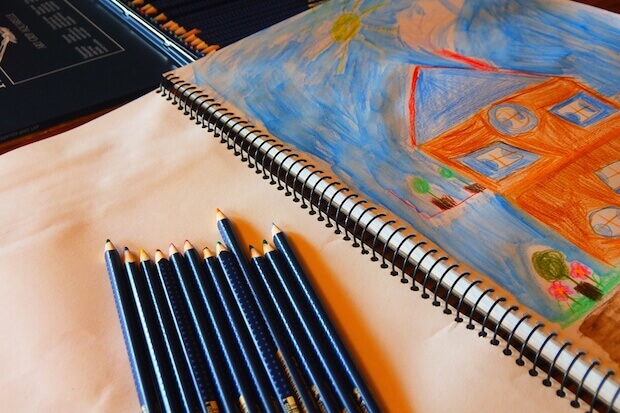
This article is a follow up to our article titled “What is teacher ‘looping’ and is it time more schools in Canada use it?” In that article, we explain the challenges faced by classrooms in Canada, and the need to consider ‘looping’ as a possible solution.
The pros and cons of ‘looping’ have been documented on the web already. Below are some resources to help explain the issue. Some are written by the insightful testimonies of teachers who have experienced teaching a looping classroom.
To summarize the information in the above links, we’ll delve into the pros and cons of teacher ‘looping’ for education in Canada.
‘Looping’ in education is beneficial because:
- Students can form bonding relationships with teachers, to improve learning. This is especially helpful for special needs students, who may need time to build trust with their teacher, and for their teacher to understand their individual needs.
- Parents also form relationships with teachers, so that a child’s needs can be better communicated and worked on in both the home and school environment.
- Teachers save time by not having to ‘waste’ early weeks of the school year on classroom rules and behaviours. They also are better able to understand the transition children go through from grade level to grade level.
- Teachers remain innovative and are motivated to learn more about education methods, since they can’t reuse the same material every year.
- Learning can progress smoothly, or pick up on ‘gaps’ in skills that were underdeveloped in the previous year.
- The group of students can bond better, and form a sense of community.
The concept itself, as noted in a link above, is also as old as the one-room school house. Rural cities and towns may already be using the method. So while ‘looping’ doesn’t necessarily mean multi-age or multi-grade classrooms, its concept of the same teacher for multiple years is not new to education.
The case against teacher ‘looping’:
As you were reading the above list of ‘pros’ for teacher looping, you may have thought of some counter arguments. And you are not alone. The disadvantages of looping in education have been noted as:
- A teacher not being able to specialize in teaching a certain age group, thus reducing the quality of lessons in classrooms.
- A conflict between a teacher and student carrying on for years, affecting learning ability for the student.
- Children not being exposed to the change that is needed in their environment to learn how to cope with new surroundings, relationships, rules or conditions.
- Leaving a ‘loop’ interval after multiple years, and joining a new group of students, with a new teacher all of a sudden can be more shocking and difficult than yearly, regular changes.
- A weakness in the classroom, with the challenges noted above, could hold back students who are ready to advance to tougher subjects. This would then be aggravated by the length of the looping interval.
However, many ‘counter-counter-arguments’ have also been made to the above points that negate the benefits of teacher ‘looping.’ Some will say, for example, that
- If a student has a problem with a teacher, parents can request a new classroom.
- Groups within the ‘loop’ can be organized with consideration to help create the maximum learning outcomes – meaning everyone is at roughly the same learning level within the group. This seems to already happen with advanced placement programs in schools for students who want more challenges.
- If a teacher is not doing their job properly, they shouldn’t be teaching at all, and the school should recognize that weakness.
- Schools can make an effort for the looping groups to get together so they are exposed to more peers and teachers.
As a tutoring company, we are tasked with the job of creating student-teacher matches all the time. We have seen that the right student with the right teacher can make all the difference in learning a subject that a student is struggling with. We have also seen that parents and students often request the same tutor they had in the previous school year. This can be indicative of the case for teacher ‘looping’ in our schools. Perhaps the familiarity of the same teacher year after year can improve education.
